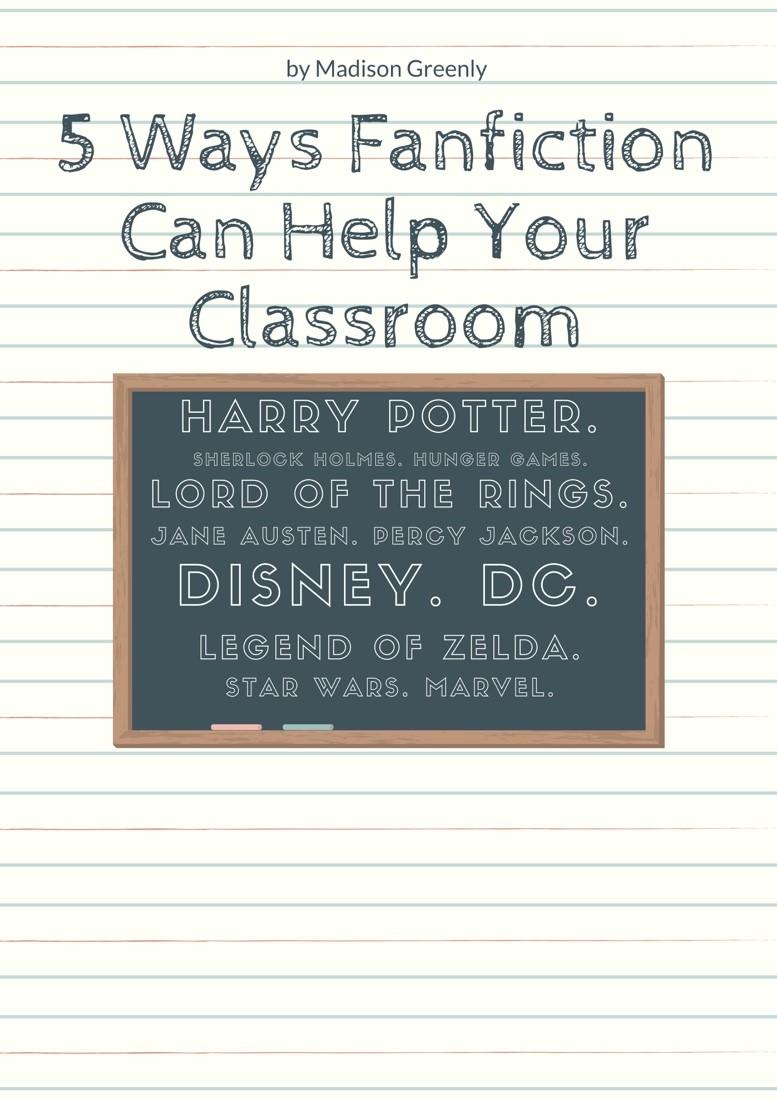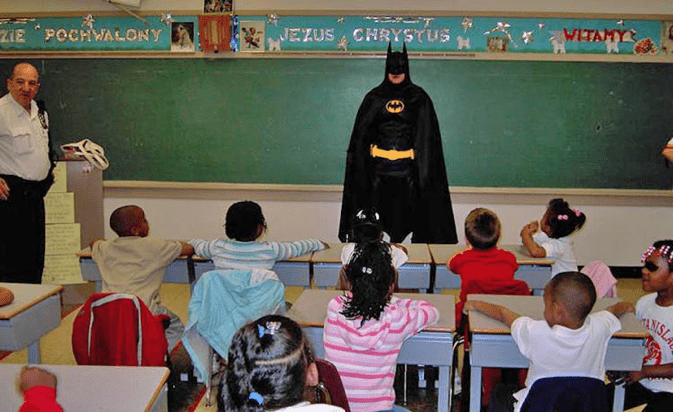By Madison Greenly
Fanfiction, or fan-created stories based on books, movies, TV, etc., has become increasingly popular on the internet. Creators use it to explore new media, share ideas, and connect with stories on a personal level.
But fanfiction can be used for another purpose: as a teaching tool.
Educators who struggle with retaining engagement or want a new, unique way to teach may be interested in using fanfiction in their classrooms.
As a student at the University of Colorado in Boulder, I realized the value of this teaching tool during my freshman year of college. I had joined a literature club that was doomed for cancellation. Located in the dusty basement of the English Building, Literary Buffs focused on discussing outdated materials. Often, the students would rather finish their homework than participate in the meetings, which they only attended for extra credit.
Two years later, Literary Buffs bloomed into a new club, and its current success is primarily due to fanfiction. These five examples demonstrate how fanfiction can benefit a classroom, just as it helped revamp Literary Buffs.
Foster Engagement
As a student, I know my peers and I are easily motivated by our personal interests.
People learn better when they are curious about a subject. If students are tasked to read a book for class, and that book is something they would have picked up on their own, they’re more likely to participate in the discussion. Instead of sitting and staring at their laptop screen, if an essay’s prompt focuses on something students want to write about, they’ll come up with ideas efficiently. If a math or science question features characters or scenes from Star Trek, it will be that much easier for students to remember a formula.
Try mentioning Harry Potter or Spiderman in class. Students will perk up, pay attention, and some may even add their own opinion. You’ve mastered instant engagement because now you’re speaking their language.
Revive Classroom Culture and Community
People create connections when they share interests. I met my friends after Lit Buffs underwent the fanfiction transformation. We grew closer by participating in conversations featuring Harry Potter, Lord of the Rings, and Disney. You may find this same situation happening in your classroom once you introduce popular culture. Conversations will spark, opinions will be shared, interest will become peaked, and the overall classroom environment may become more enjoyable.
When students like a class and admire their teachers when they feel included and as part of a community, they’re more likely to want to learn. Fanfiction can do just that.
Build Confidence as Writers
When students are interested in what they’re writing about, writing becomes a vastly more enjoyable experience, and they’re more likely to create on their own. They have something to say, and they’ll want to jot it down.
As the popular saying goes, practice makes perfect. With this extra time spent writing, students will develop a voice, mess around with grammar, test out imagery, and find what kind of writer they want to be. Their skill level will increase, and that builds writing confidence.
Indeed, when we started writing fanfiction in Lit Buffs, I found that my character interpretations of Captain Jack Sparrow were better than some of my more formal projects. I became securer in my abilities as a creative writer, and I began to pen stories on my own. This practice outside of the classroom improved my literary skills across the board.
Improve Reading Comprehension
Reading shows students what they like and don’t like, subconsciously allowing them to better understand audience expectations through their own feedback. Fanfiction sites like Wattpad and Fanfiction.net encourage readers to comment on the posted pieces. The simple act of sharing online offers students the chance to improve their comprehension and critiquing skills, as well as further engage with the text. You could try to recreate this in the classroom to work on reading comprehension.
Teach Skills Using a Narrative
A plethora of teaching tactics are available by utilizing well-known narratives. Here are some ideas:
English or LA educators, try assigning a fifteen-minute writing prompt where students dive into any fiction world they want. This way, they get to practice writing, and you can use their finished stories as examples to teach grammar, sentence structure, or vocabulary. To teach history, ask students to detail the reactions of the Capulets and Montagues upon finding the bodies of Romeo or Juliet, or create personal narratives from Revolutionary War soldiers. Connect science and math problems to a problem Chewie and Han Solo would encounter on the Millennium Falcon. Then, have your students write about how they would solve it.
There are many ways fanfiction can be used to teach. Using narratives allow students to relate to the material, draw connections, and easily memorize information.
Literary Buffs Today
I’ve seen these examples unfold at Lit Buffs during the past two years.
Now, our attendance has increased, and we’ve formed a close-knit community that loves writing together. Our assigned texts are all picked by students who had previously fallen in love with the characters and stories. With our passion and enthusiasm, our cancelations were…well, canceled, and we moved out of the dusty basement and into our own classroom. I’d credit this to fanfiction because as soon as our writing prompts centered on popular culture, improvement within the club became apparent.
Now, our voices are a part of larger stories.
If you’re interested to see how fanfiction can change your learning environment, don’t hesitate to try a few of my examples. See what works for you and your students, and get writing!








